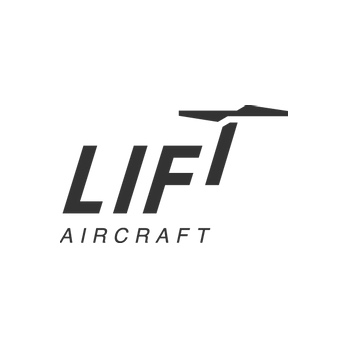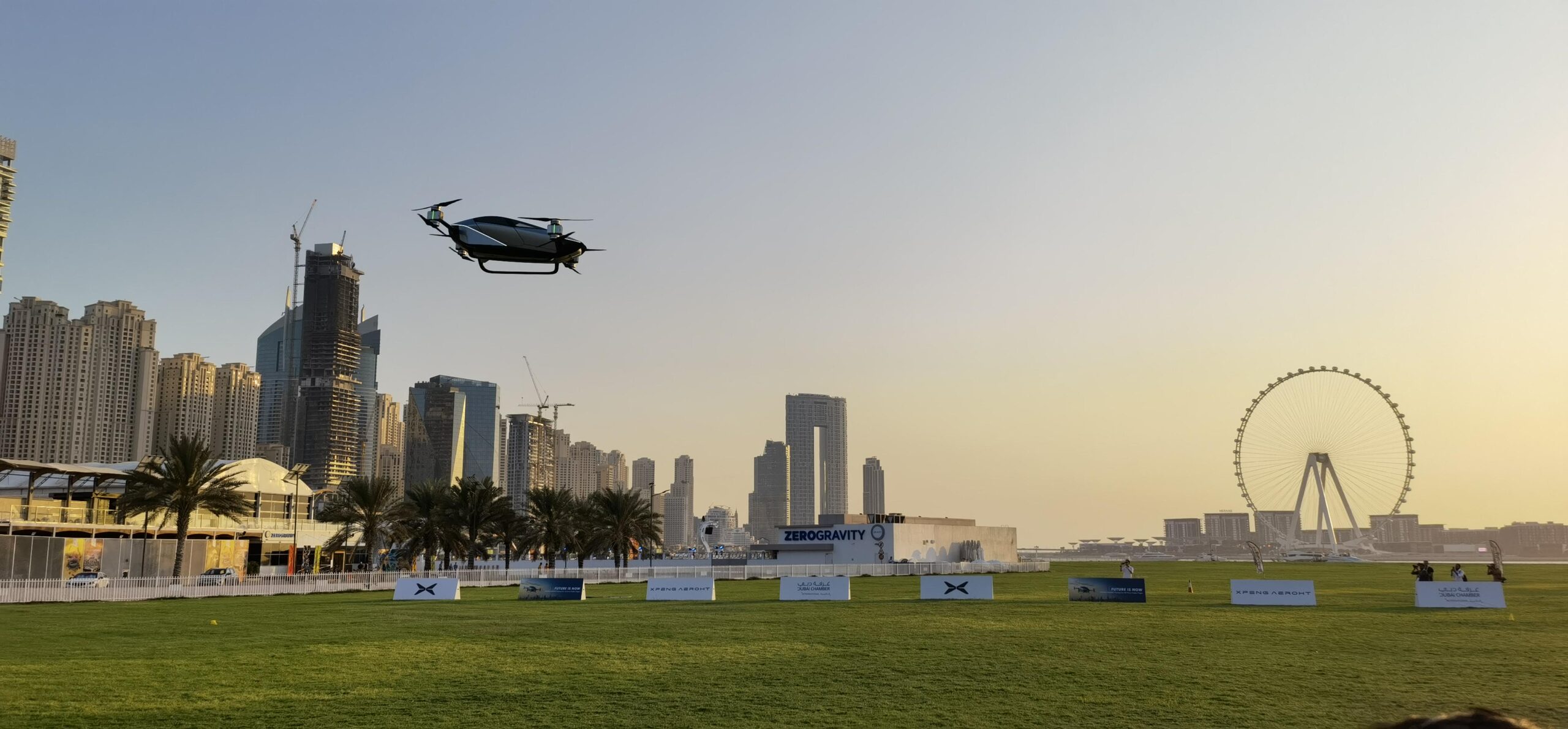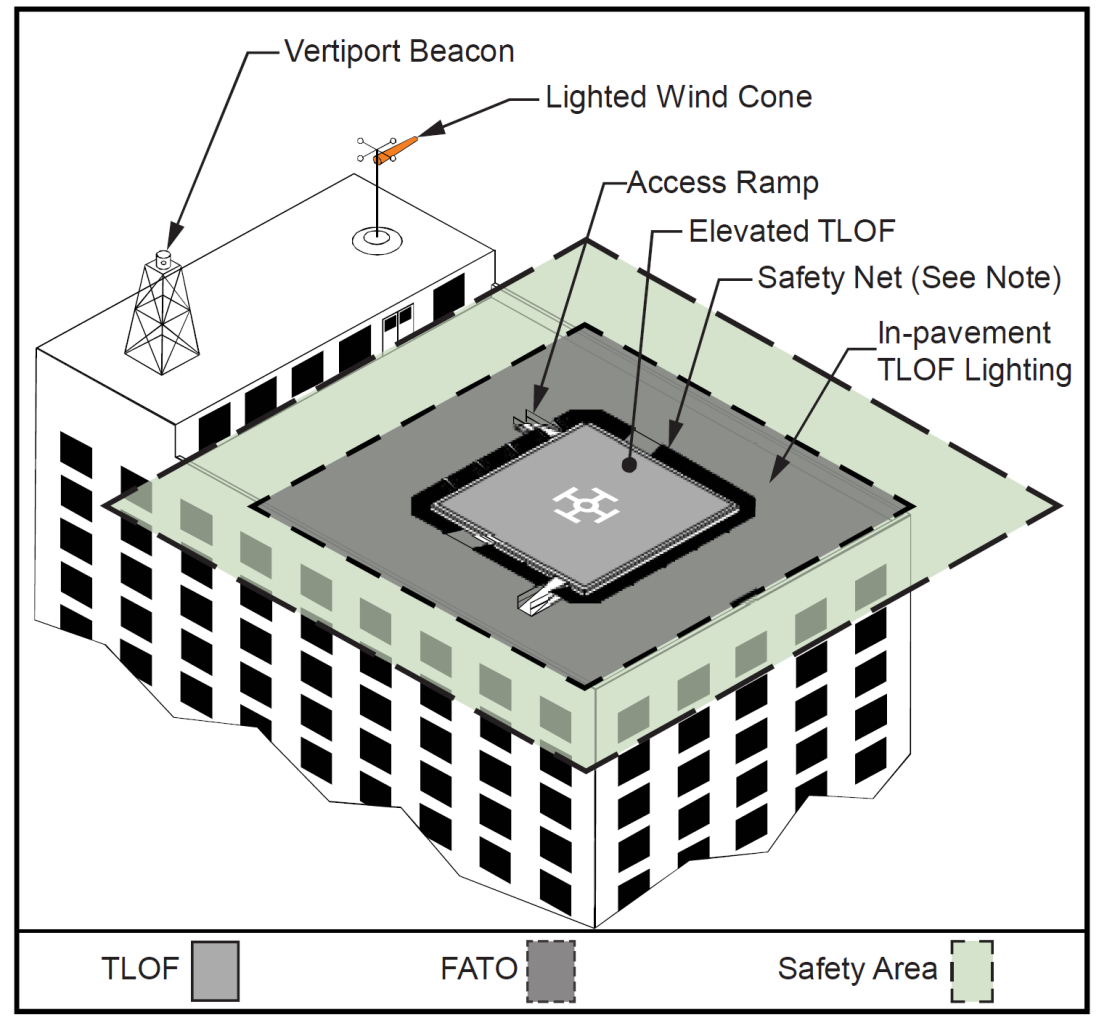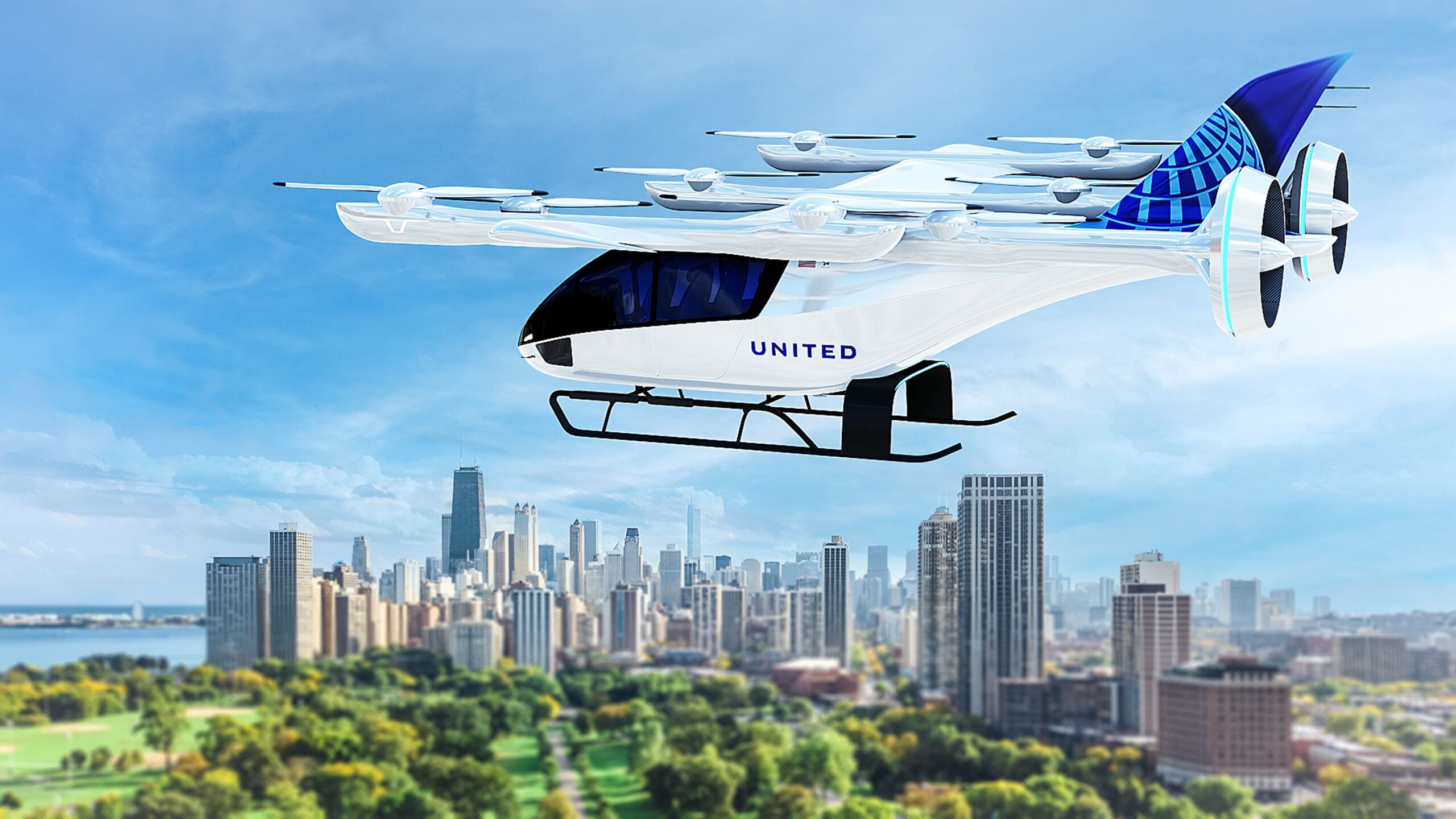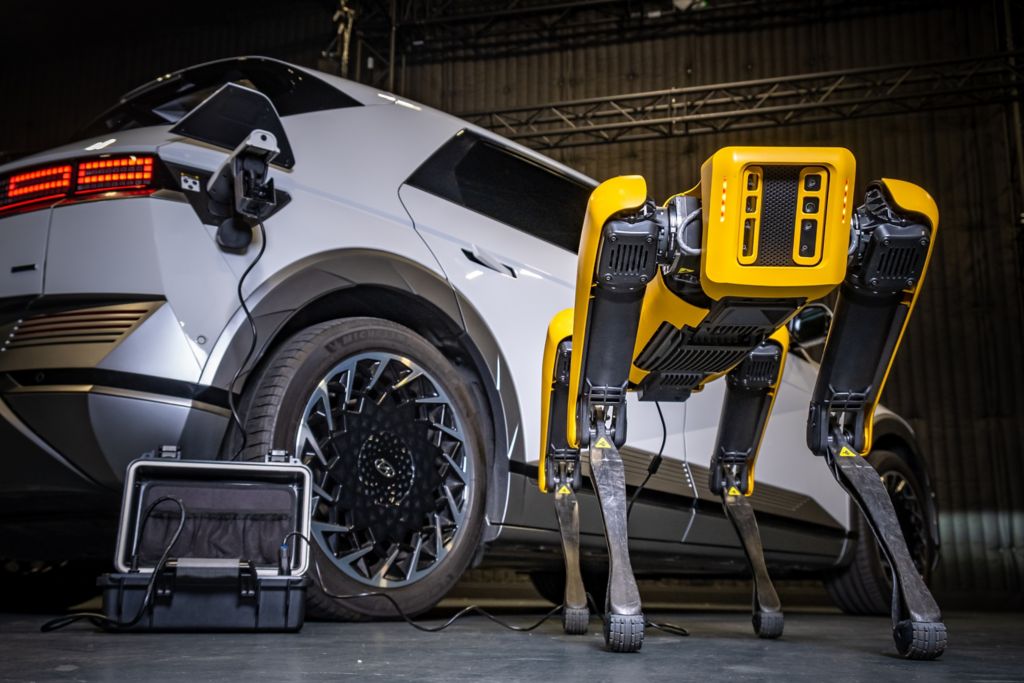This week marks the 40th anniversary of the ultralight vehicle.
On October 4, 1982, the FAA introduced a new regulation, “Part 103”, that created a new class of “ultralight” aircraft with the goal of enabling more people to experience the joy and freedom of personal flight. Vehicles that qualify don’t require FAA certification or a pilots’ license to fly.
We are creating a future where everyone can fly, so we designed HEXA to conform to Part 103. It was no small feat to design an electric aircraft that could meet our safety standards and conform to the strict weight limits. We get A LOT of questions about how HEXA conforms to the definition of ultralight vehicles in Part 103, so what better time than on this anniversary week to share a report issued by the Light Aircraft Manufacturers Association (LAMA) detailing HEXA’s qualification as an ultralight.

View the report: https://www.liftaircraft.com/tsc-pdf
The FAA itself does not qualify or certify vehicles as ultralights, rather they prescribe that ultralight manufacturers have their vehicles inspected and evaluated by industry-recognized technical standards committees whose findings are documented and become “satisfactory evidence” that is acceptable to the FAA. All future pilots of that particular make and model can refer to the document as proof of conformance.
Officially qualifying our production HEXA as an ultralight is a huge milestone for us – one that paves the way for us to launch the world’s first eVTOL vertiports where anyone can experience the thrill and joy of personal flight.
This article was originally published by LIFT Aircraft.


